One of BMW's main factories today is Dingolfing, where the 5, BMW 6, 7 and 8 Series are built. It employs some 18,000 people and puts out 1600 cars per day.
But while Munich is the brand's spiritual home, the other Bavarian plant was purchased in 1967 from Glas — a name that will be unknown to most nowadays.
This tiny company had a history stretching back to 1860, when it was founded in Freising under the name Isaria, a manufacturer of agricultural machinery. The company grew rapidly and, in 1908, moved to a second facility 44 miles away in the larger town of Dingolfing.
Before the start of the Great War, Hans Glas, one of the many grandsons of the company's founder, moved to the US. He had expected to go into banking, but his early time Stateside went disastrously, to the point that he ended up homeless. Fortunately for him, a kindly doctor took him in and, upon hearing of his agricultural machinery experience, recommended Hans to a friend at Ford.
A decade later, Hans returned to Bavaria. By then, Isaria was out of the Glas family's hands, but he spent all the money he had to buy it back in 1937. He set about building the business but was soon interrupted by the Second World War, being forced by the government to convert to arms production.
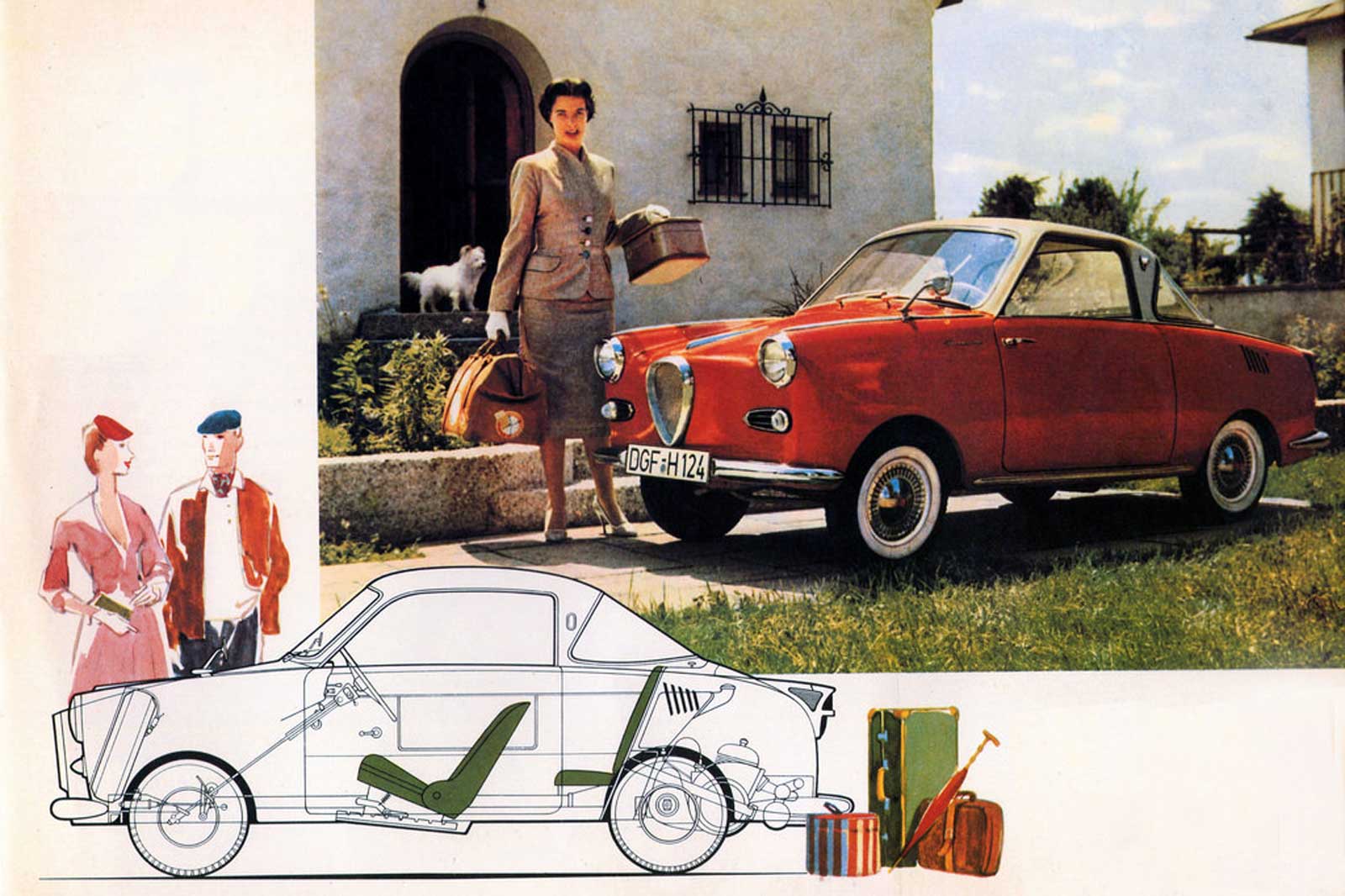
The Dingolfing factory somehow survived through to 1945, despite the RAF's best efforts, so Isaria's original purpose was resumed amid a farming boom.
However, this didn't last long as German industry got back on its feet. Isaria needed to reinvent. Fortunately, Hans's son, Andreas, managed to convince an old university friend of his, a brilliant engineer named Karl Dompert, to come on board.

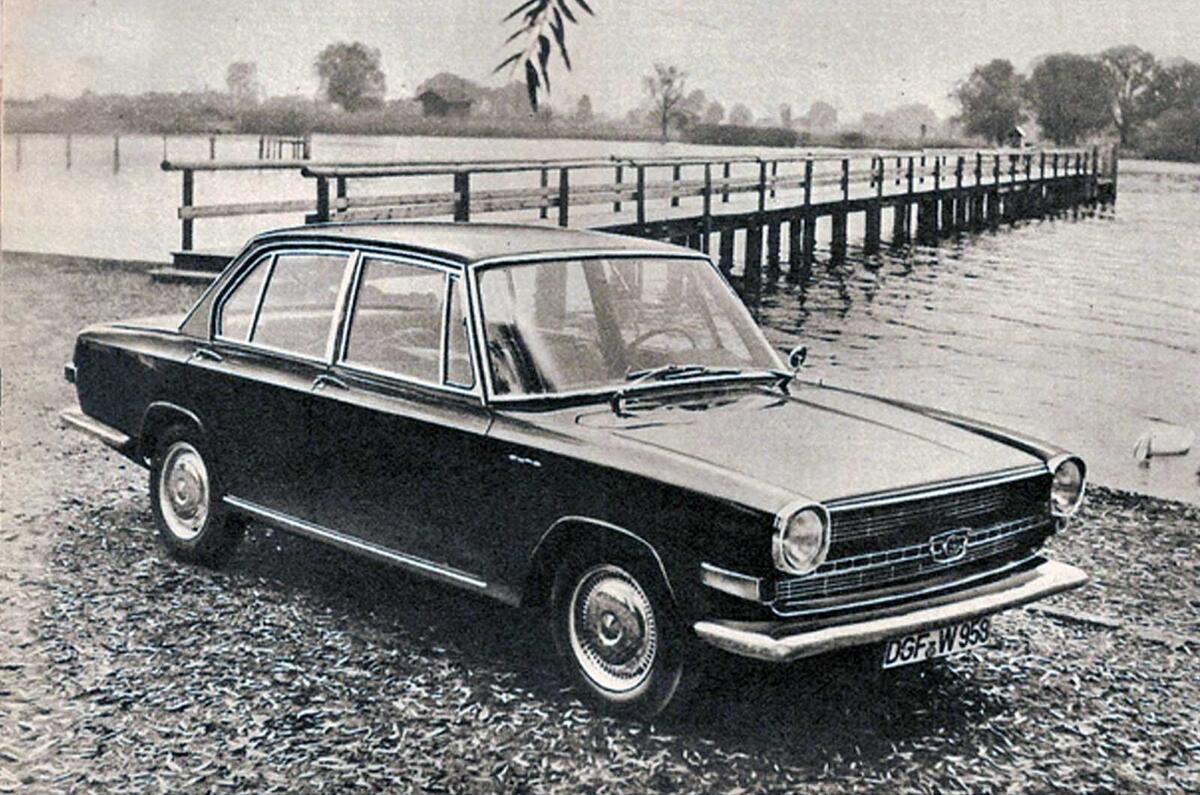
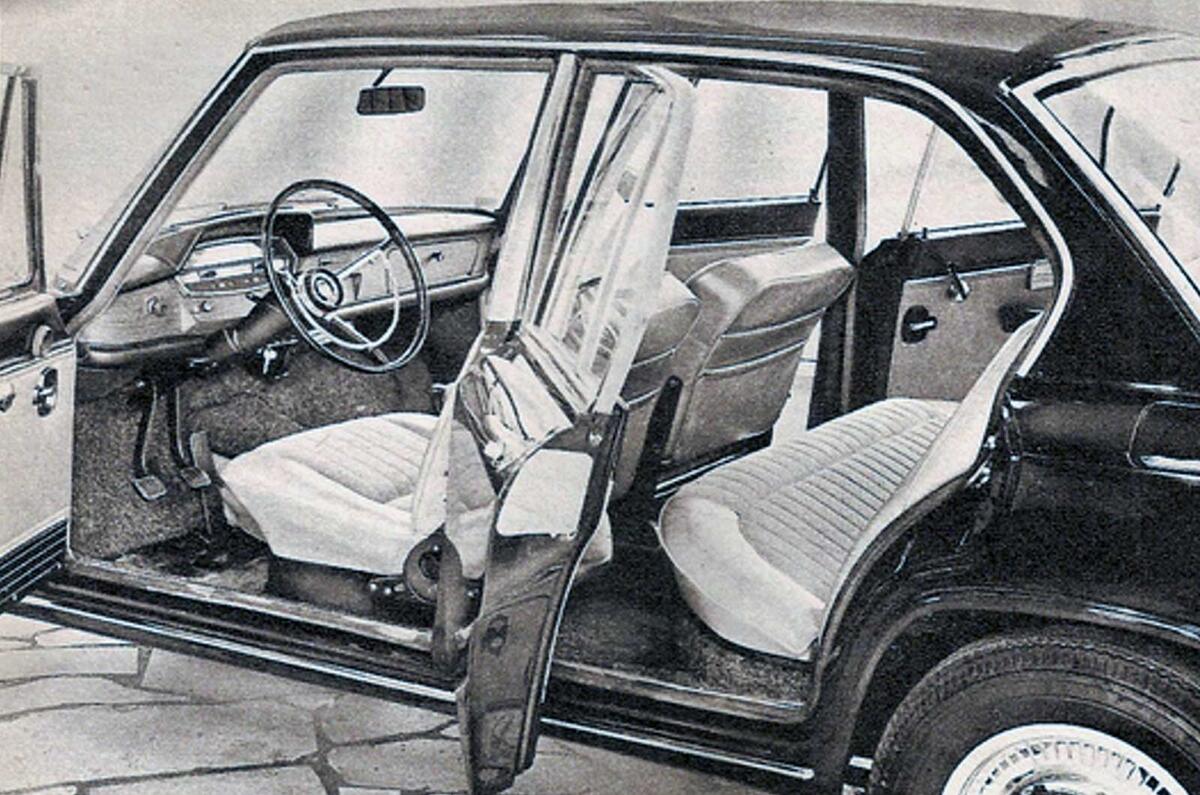
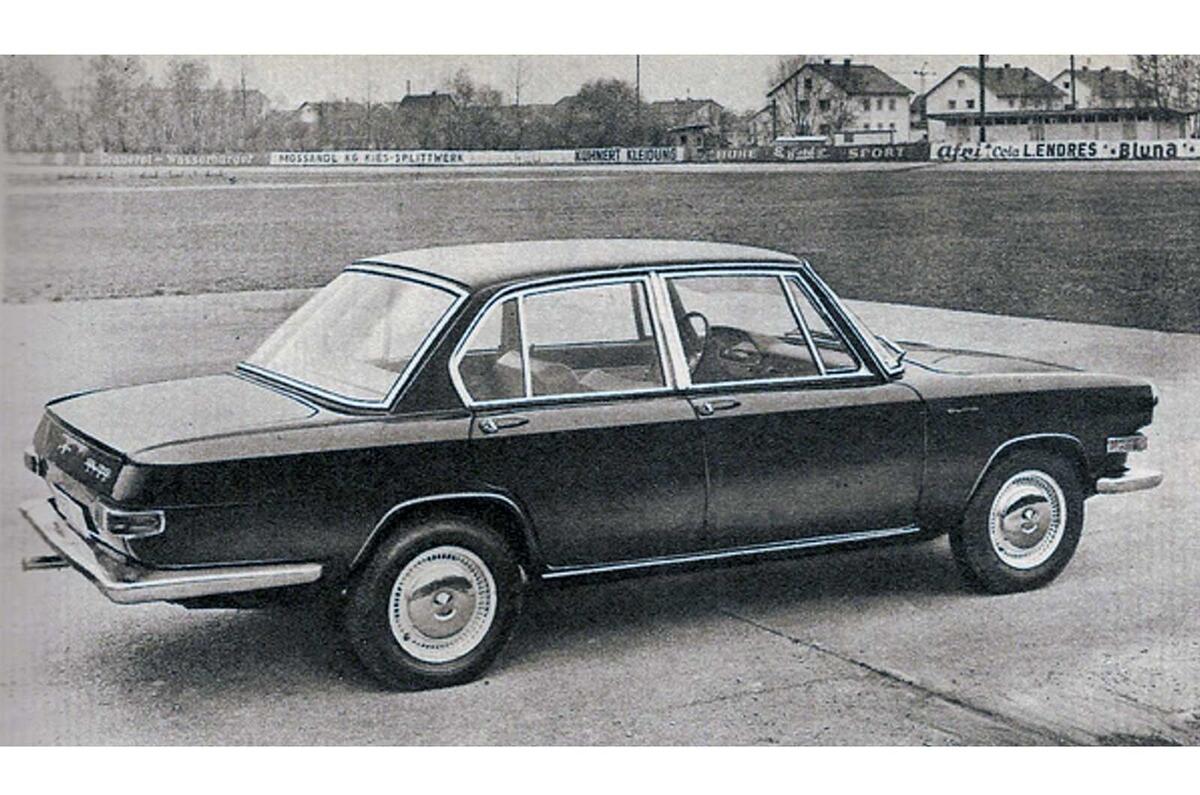

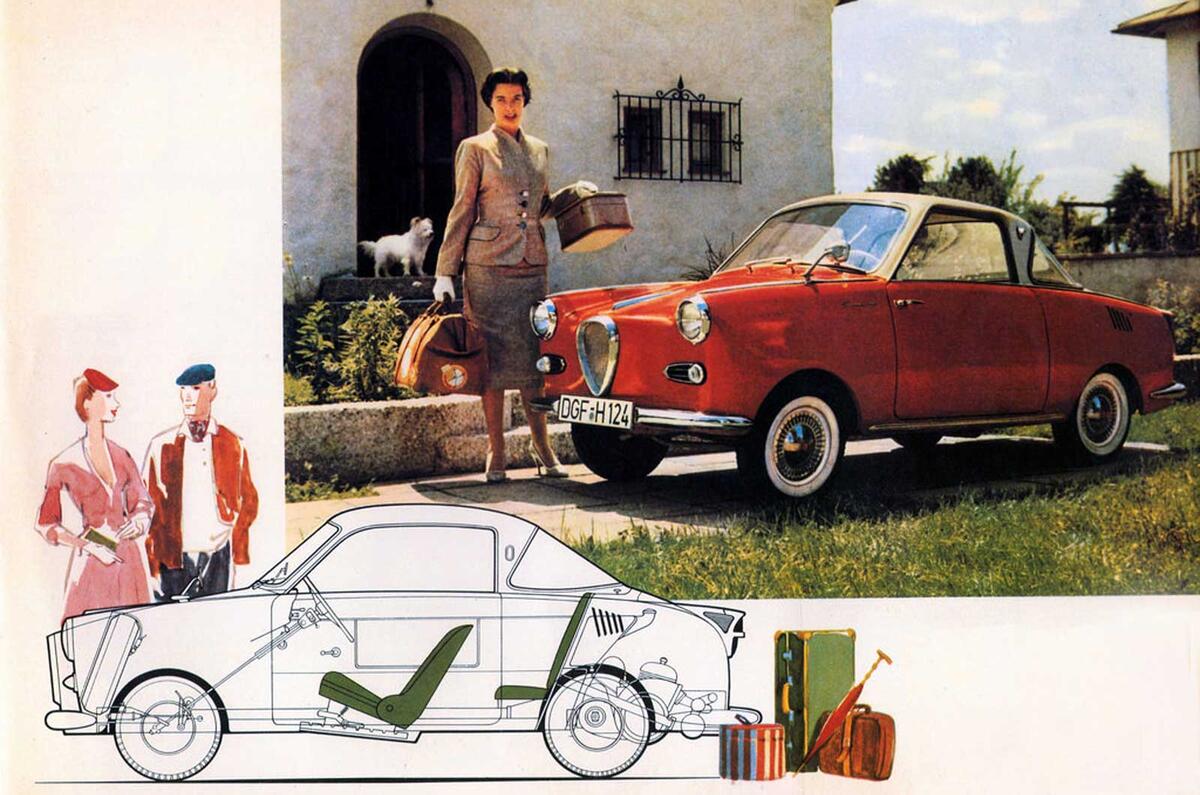
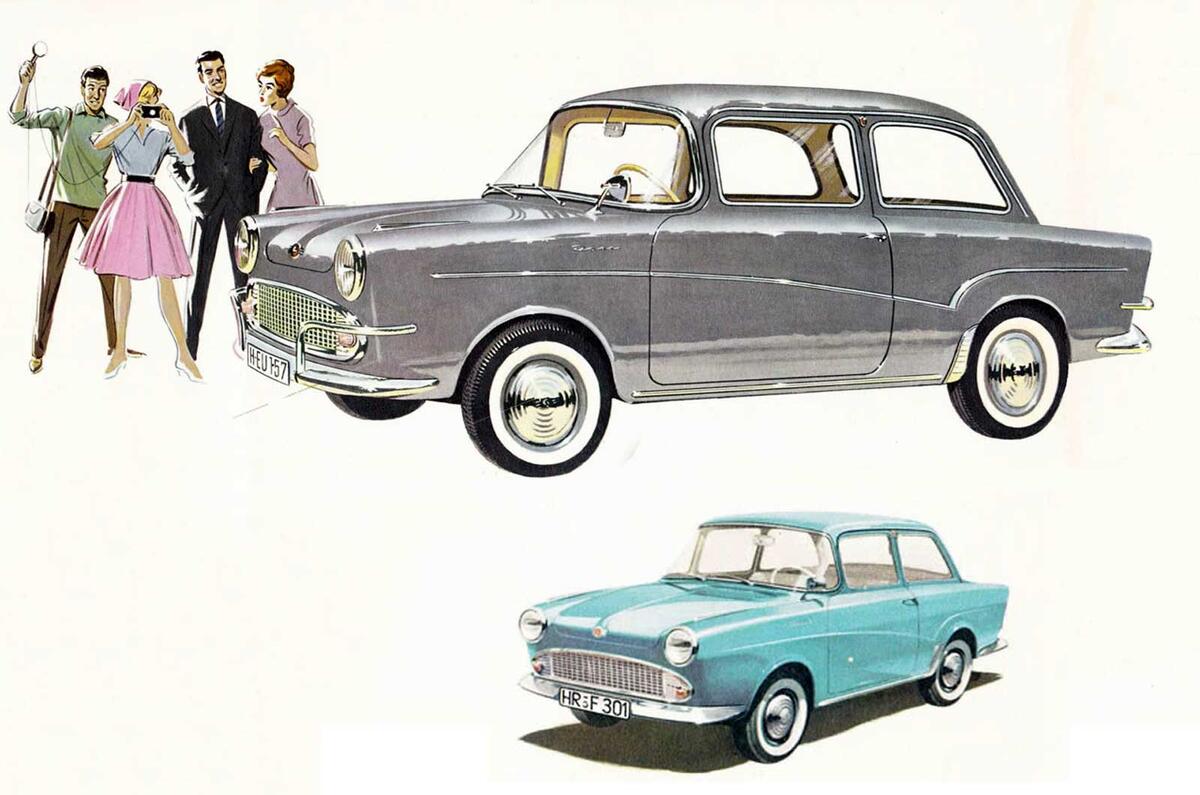
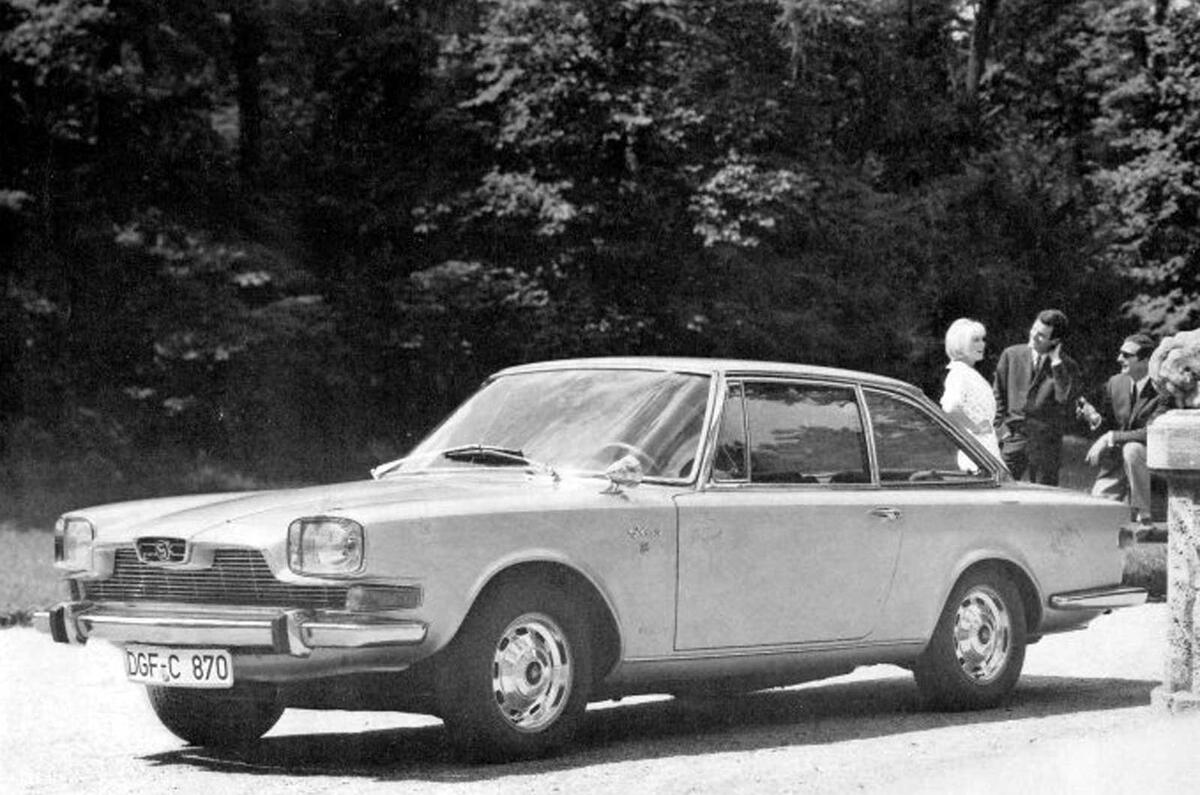
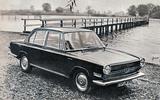
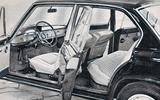
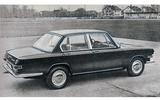
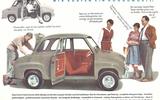




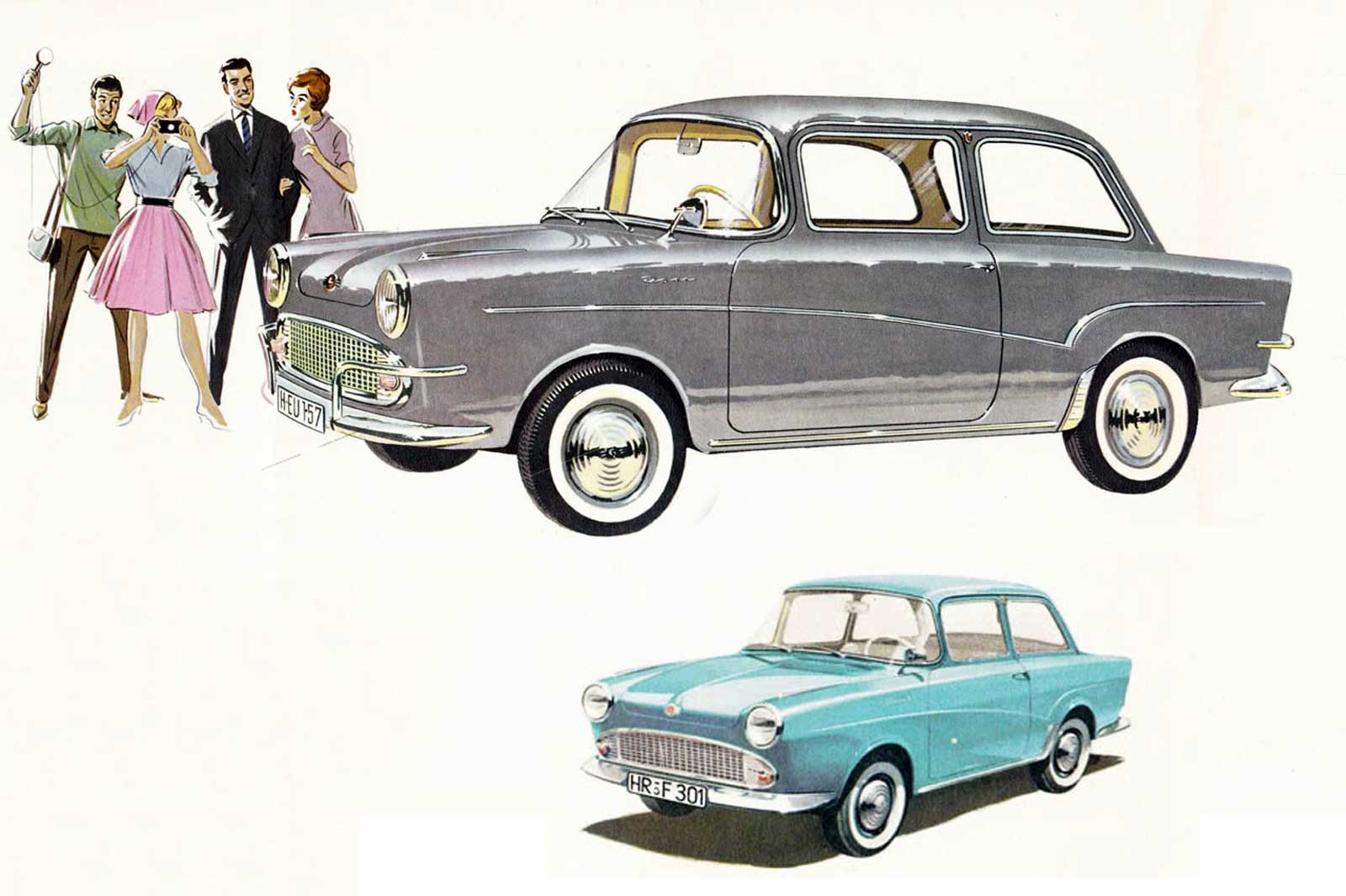
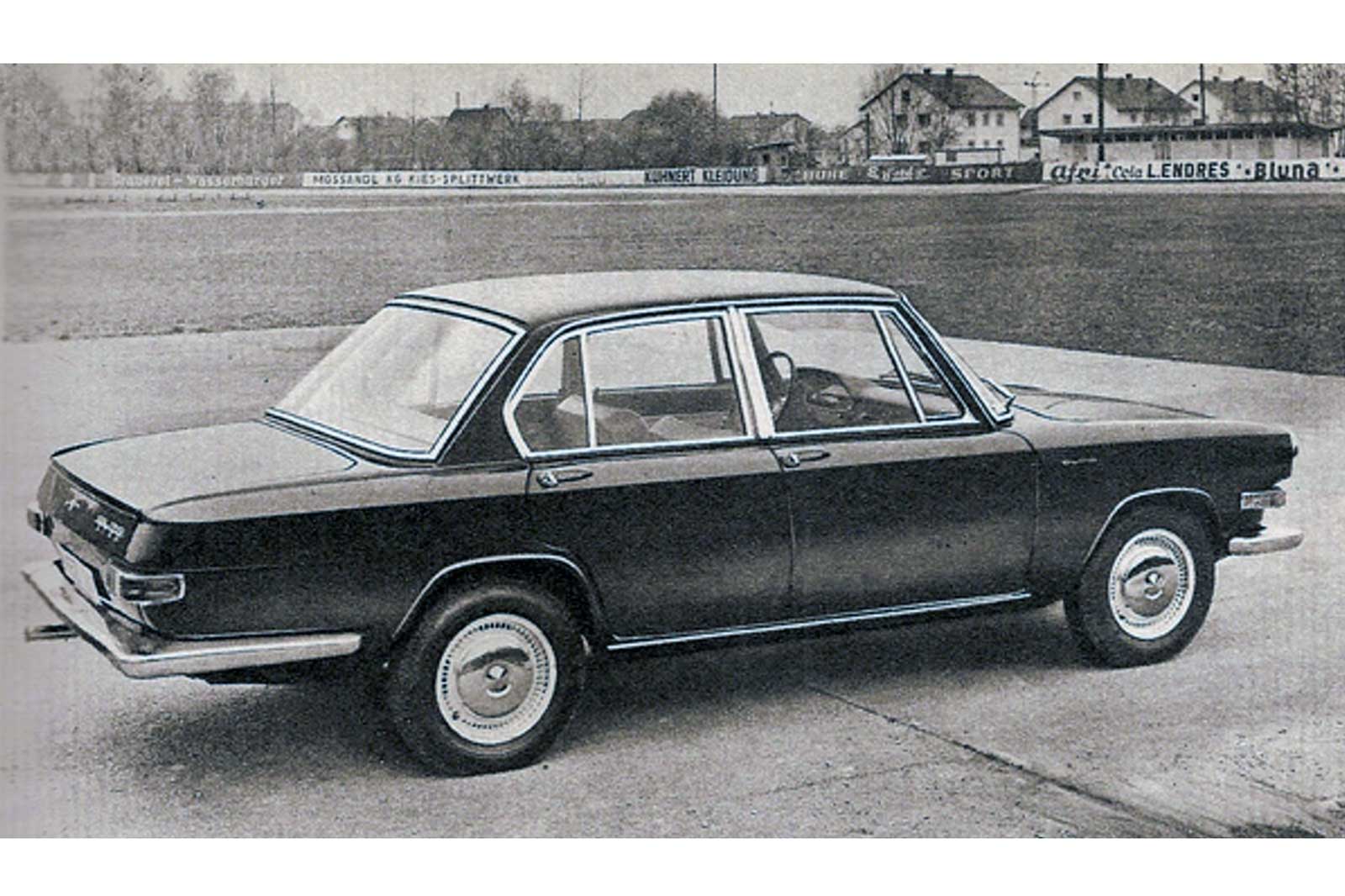


Join the debate
Add your comment
Remembering Glas
Their were some sold in the UK,the Glas was a nice car beautifully finished and they were very distinguished looking as well, a much better looking than BMW's offerings in the early and mid sixties. Poor old Hans he tried so hard to produce such a high quality vehicle and largely suceeded but what thwarted him was not making the sums add up,life sure ain't fair is it?
B Motoren W
The M stands for Munich? Really? Not Motoren? The Bavarian Motor Works.
Interesting article.
The 1700 saloon seemingly previews the ‘hofmeister’ kink. Is this the source of the design accredited to Wilhelm Hofmeister. Or was the BMW 1500 previewed first?